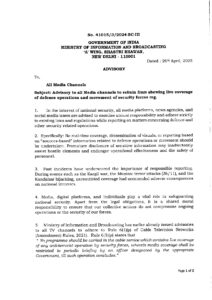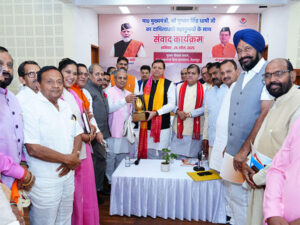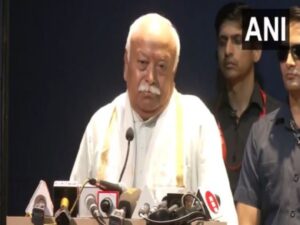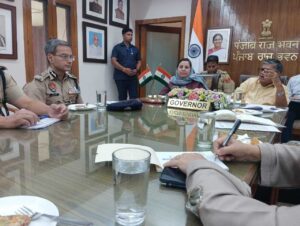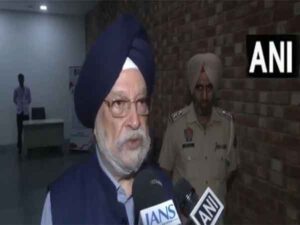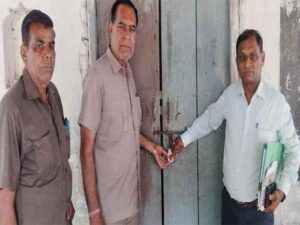Cardiopulmonary resuscitation training should be included in school curriculum: Experts
New Delhi [India], July 24 (ANI): The first brainstorming consultation meeting to promulgate the school CPR programme in India was conducted at the All India Institute of Medical Sciences (AIIMS) in the national capital on Tuesday, where experts recommended the formulation of a comprehensive policy framework at the national and state levels to incorporate cardiopulmonary resuscitation (CPR) training in the school curriculum.
Therefore, AIIMS, New Delhi, with financial support from ICMR, conducted a research study under the guidance of Dr. Sanjeev Bhoi, Professor of the Emergency Medicine Department, AIIMS New Delhi. This study was conducted in Delhi with 4,500 students from 15 schools over 3 years.
The results of the study were encouraging, and all students and teachers were enthusiastic about learning CPR, showing significant improvement in pre-post intervention assessment in knowledge and skills, AIIMS stated.
This study highlighted that students from the 6th standard onwards absorbed the knowledge well, while the skills were performed better by 11th and 12th-class students due to the need for muscle strength. Therefore, body mass index was also considered during the teaching-learning sessions.
This study also supported the National Education Policy (NEP) 2020, which emphasises skill-based learning among school students for comprehensive development. Therefore, a national and state-level policy framework is needed to integrate CPR into the school curriculum, it added.
AIIMS and the WHO Collaborating Centre for Emergency and Trauma Care (WHO CCET) also suggested integrating this programme and skill into physical education so that it should also be incorporated into the examination system.
Many European countries recognise its benefits and promote bystander CPR. In many countries, 50 per cent of heart attack victims receive CPR from bystanders, whereas in India, it varies from 0-10 per cent, it added.
“Two people die every minute from a heart attack or cardiac arrest from a variety of causes in India. This adds to losing 45 lakh lives a year–many of them in their prime of youth. Immediate cardiopulmonary resuscitation (CPR) can decrease fatalities by half to one-fourth. Family and bystanders can play a crucial role in saving lives from preventable causes of cardiac arrest leading to death,” it said.
The AIIMS stated that the high incidence of cardiac arrests necessitates the utilization of the low-cost solution of immediate CPR by common people (bystanders) should be promoted within the community.
“Schools are the most organized place to start and spread these life-saving skills within the community. Students have fertile minds and enthusiasm to learn the knowledge and skill of CPR,” it said.
It was addressed by Dr. Vinod Paul, Member NITI Aayog, and attended by Prof. Dinesh Parsad Saklani, Director of NCERT, Dr. M Srinivas, Director of AIIMS, Dr. K Madan Gopal, Advisor of NHRSC, Dr. Gowri Sengupta, DDG of CHEB (Central Health Education Bureau), and Dr. Patanjali Dev Nayar, Former (Retd) WHO/SEARO, who shared their inputs to translate this work into policy and get it implemented for the national benefit by skilling the billion hands of students to save millions of lives.
All delegates emphasised that the school CPR programme is the need of the hour. NITI, NCERT, and NHSRC also supported and encouraged the preparation of a dissemination plan across India.
This meeting was organised to share the Indian contextualised research report on school CPR, promulgate the national policy framework, and brainstorm a national dissemination plan.

